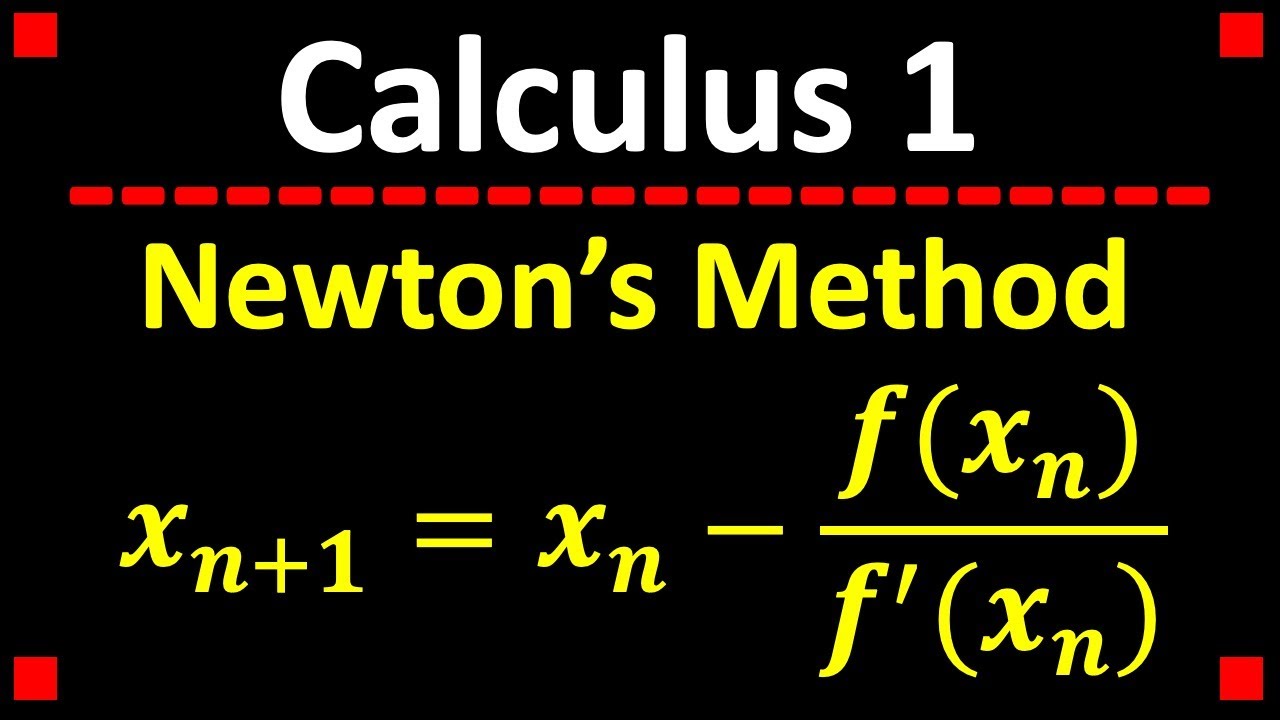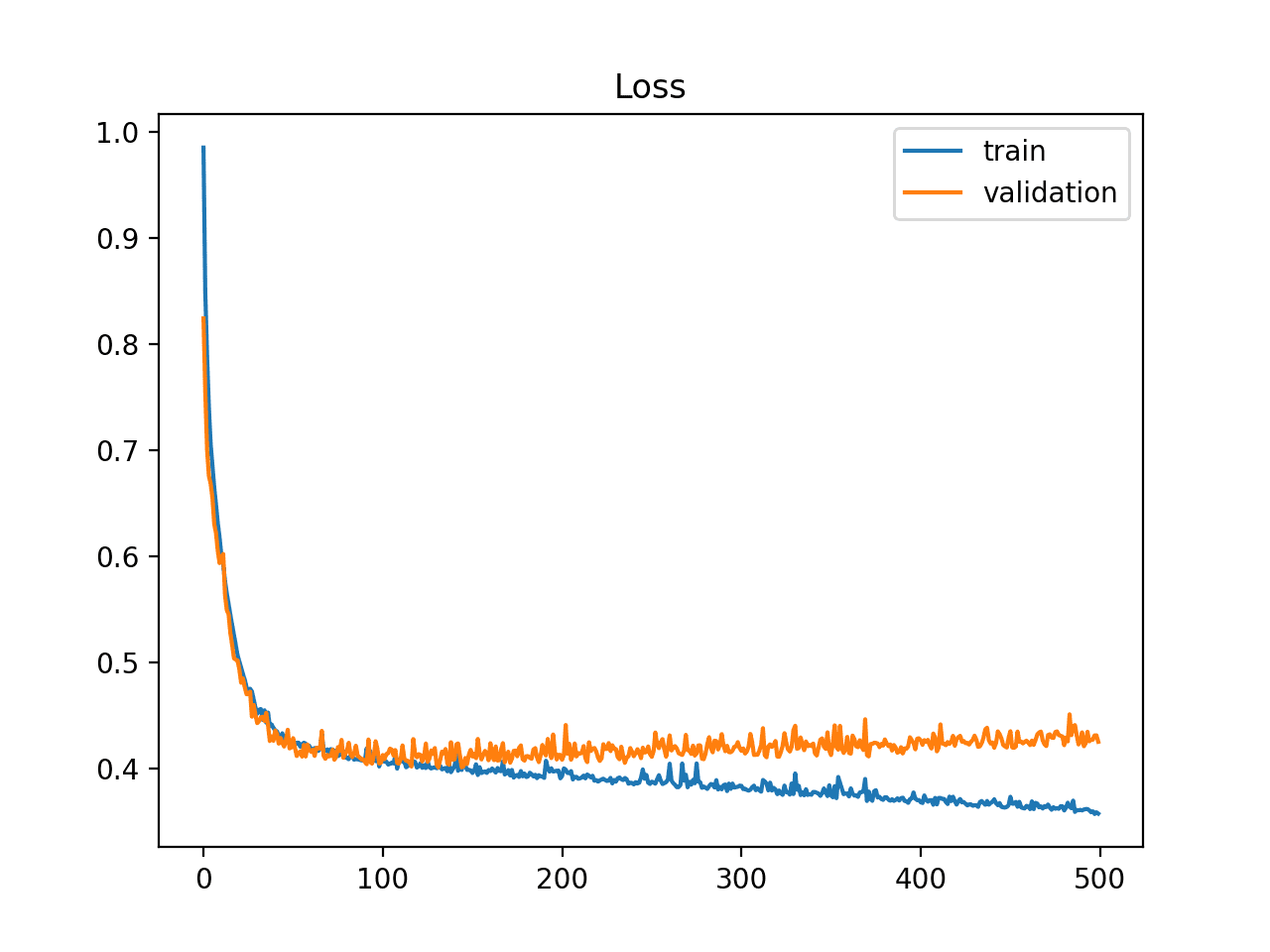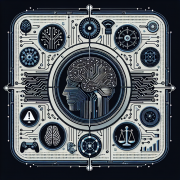Unraveling Polynomial Equations with Newton’s Method in AI and ML
Deciphering the Roots: A Numerical Analysis Perspective on Polynomial Equations
In the realm of numerical analysis, one of the most captivating quests involves finding the roots of polynomial equations. These equations, which represent myriad phenomena across disciplines, are the foundation upon which both classical and contemporary science and engineering are built. The importance of polynomial roots in computational fields, especially in Artificial Intelligence (AI) and Machine Learning (ML), cannot be overstated—they serve as key components in algorithms essential for optimization, modeling, and solving complex systems. Today, I will delve into one specific method within numerical analysis that has transformed our approach to these problems: Newton’s Method.
Understanding Newton’s Method
At its core, Newton’s Method (also known as the Newton-Raphson method) offers a powerful approach to finding successively better approximations to the roots (or zeroes) of a real-valued function. Here’s the formula that underpins this method:
Xn+1 = Xn – f(Xn)/f'(Xn)
This iterative formula suggests that if you start with an initial guess X0 that is close to the true root, you can apply this formula repeatedly to get closer and closer to the actual root of the equation. This method is particularly appealing for its simplicity and the rapid convergence it offers under favorable conditions.
Application in AI and Machine Learning
In my practice at DBGM Consulting, Inc., leveraging the power of AI and ML to solve real-world problems is paramount. Newton’s Method comes into play especially in optimization problems where we need to find the minimum or maximum of a function—which, in essence, can be transformed into a root-finding problem. For instance, in the training phase of machine learning models, optimization algorithms like gradient descent are used to minimize a cost function. Newton’s Method enhances these algorithms by providing a more efficient way to converge towards the function’s minima, thereby improving the model’s performance.
Breaking Down the Mathematics
Let’s consider a polynomial equation f(x) = x3 – 7x2 + 8x – 3 and an initial guess X0=1.5. The goal is to find a root of f(x) using Newton’s Method. The derivative of f(x), needed for our formula, is f'(x) = 3x2 – 14x + 8. Applying the Newton’s formula iteratively, we find improved approximations of the root with each step, eventually converging to a solution that, while approximate, is incredibly close to the actual root.
Challenges and Considerations
While Newton’s Method is powerful, it’s not without its challenges. The method requires a derivative, which might be difficult or impractical to obtain for complex functions. Moreover, the initial guess X0 has to be reasonably close to the true root for the method to converge. Additionally, the method does not guarantee convergence for all functions, highlighting the need for careful analysis and potentially alternative approaches in such cases.
Concluding Thoughts
The elegance of Newton’s Method in numerical analysis lies in its ability to simplify the seemingly daunting task of root-finding to iterative formula application. In AI and ML, where optimization is frequently at the heart of problem-solving, understanding and applying this method can significantly enhance algorithm efficiency and effectiveness. As we continue to push the boundaries of what these technologies can achieve, the foundations laid by numerical analysis methods like this one play an instrumental role in driving progress.
As I reflect on my journey from a Harvard University graduate focusing on information systems and AI, through my experiences at Microsoft, and into the establishment of my own firm, the unifying thread has been the constant pursuit of applying such mathematical principles to solve real-world challenges. Whether optimizing machine learning models or developing innovative cloud solutions, the essence of numerical analysis remains a cornerstone of technological advancement.
< >
>
< >
>
< >
>
I invite you to explore further instances where mathematical elegance meets practical application across various fields on my blog. Let’s continue to unravel the complexity of our world, one equation at a time.









Leave a Reply
Want to join the discussion?Feel free to contribute!